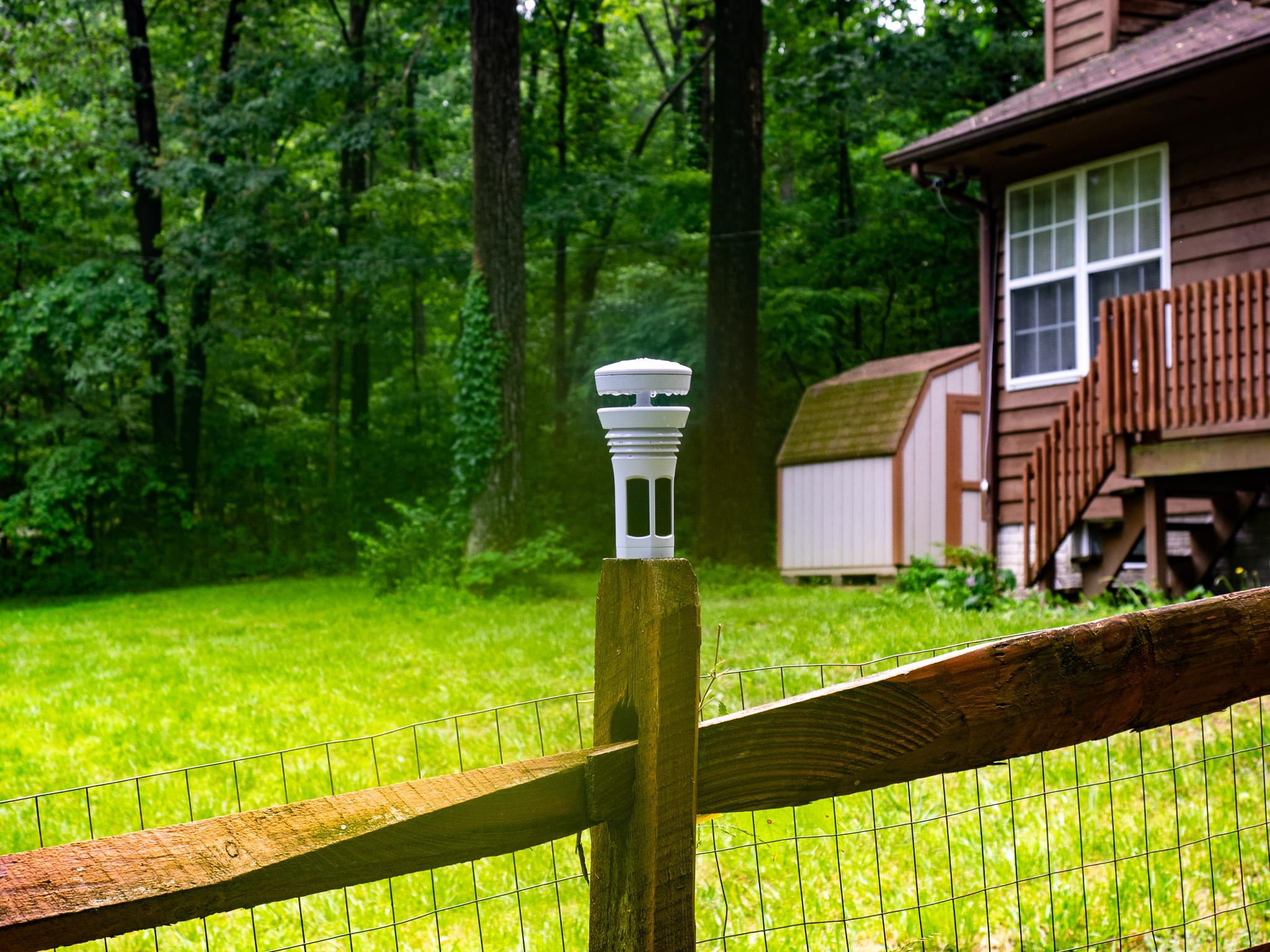

This came in a large box and was easy to assemble and set up.

In the front (facing) is the solar panel with the cell antenna on the right of the solar panel. Below that is the rain collector (with spikes to keep birds out). On top is the propeller-type anemometer/wind vane. This is the largest of the four units tested and it’s mounted on a steel mast attached to a 4x4 pressure treated post sunk 3 feet into the ground. The Kestrel 6000 (WS 6000) from Ambient Weather. There was some concern that the VP 2 would create vibrations that the Tempest might pick up and misinterpret. The wind vane and wind cups for the VP 2 areto the left of the Tempest. On the right side of the same post is the Davis Vantage Pro 2 stations with the rain collector on top, solar collector on the right and naturally aspirated sensor bundle (white) at the bottom.

One of the two Tempest stations sit atop a rigid plastic pipe and was clearly the easiest to install.


 0 kommentar(er)
0 kommentar(er)
